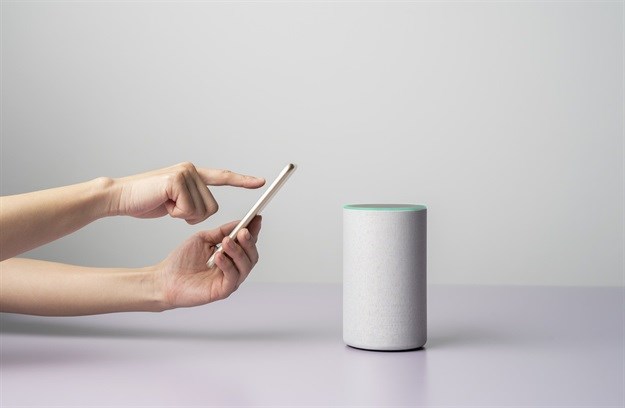Brands need to show up in relevant environments with tailored offerings and a seamless purchasing journey.
In this modern business age some of the most valuable (and profitable) customers typically make use of multiple channels when transacting. This has prompted companies to move from a sales model where the same products were made available across multiple channels to one where customers are able to shift seamlessly across channels, even when making a single transaction, without disrupting their purchasing journey.
In other words, if you begin processing a transaction on your mobile phone and then log in on your laptop later that day, ideally the same prospective purchase should be tracked or logged to facilitate a seamless transition for the client from one interface to the next. This obviously requires companies to have the ability to track and identify customers as they shift across multiple platforms, and ideally offline channels as well.

Image source: Gallo/Getty
Brands like Amazon have been pioneers in this sort of positioning which has been dubbed 'contextual omnipresence'. This is not only about seamless transacting, but also about ensuring customers can purchase your product as and when they might want it in the optimal format and price point.
But while technology can allow you to create a presence for your brand in almost any environment, you have to ask whether your brand is relevant and credible to your customer base in that particular environment. In addition, you need to ask what your brand is doing in that environment that adds value to customers, enhancing their overall experience.
While minimising the amount of time and effort it takes for a customer to make a purchase is regarded as a significant value add, this is typically only recognised and appreciated the first time it happens and quickly becomes an expectation. One-touch and voice command ordering are great examples of this type of value.
A development to be wary of is the rapid growth in search through voice. Customers searching for items using voice technology will not be presented with the same variety of options using traditional search tools. This creates a big opportunity for incumbent players to use new technologies to lock-in prospective customers but also creates a higher barrier to entry for new market players.
The proof that voice-enabled technology is the next big thing is illustrated by Amazon’s recent decision to retire its proprietary Amazon Dash devices, which used specialist wands and buttons to help clients track household items that were in short supply and then facilitate automatic ordering.
Amazon Dash button used a small device that could be placed around the house and programmed to order certain consumer goods like washing powder at specific times. Amazon discontinued the service on 1 March 2019 saying product subscriptions and voice-activation services like Alexa had evolved sufficiently to replace Amazon Dash. The future of retail ordering is therefore clearly heading in the direction of voice-enabled technology.
If you want to utilise new technology to make purchasing easier you need to understand your customer and use the right purchasing technology for the environment. Modern data analytics is a great tool to better understand your customer and the environments in which your brand and product may be relevant. Combining this with more traditional methods of research can provide real insight into the need your brand could fulfil in a way that will deliver value to the customer and the business in a sustainable way.
The second area is building purchasing technology that can operate seamlessly across platforms and devices in fewer steps. As we become accustomed to simpler ordering processes, our tolerance for anything longer is reduced. The more intuitive it is for customers to make the purchase decision, the more likely your brand is to benefit.
While gathering customer data can yield incredible benefits, if you want to harvest customer data you need to offer a very clear value-exchange if you want to get customer permission to use their information. Customers are increasingly aware of the fact that their data has value and as a result have begun to expect something in return for sharing it. The value exchange required is different depending on the category, customer and the type of information requested.
As concerns about data security, privacy and ownership increase and governments start implementing legislation to protect customers, the pressure to offer a clear value-exchange in return for customer data will mount. Discounts on products can work, but some of the most effective examples of value exchanges are related to a compelling customer experience. This can range from entertainment through gamification, granting access to free content or the ability to co-create the product offering.
A crucial component of the value exchange will be confidence in the security of customer data, particularly when it comes to information that makes people vulnerable to financial breaches.



































